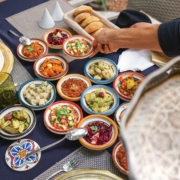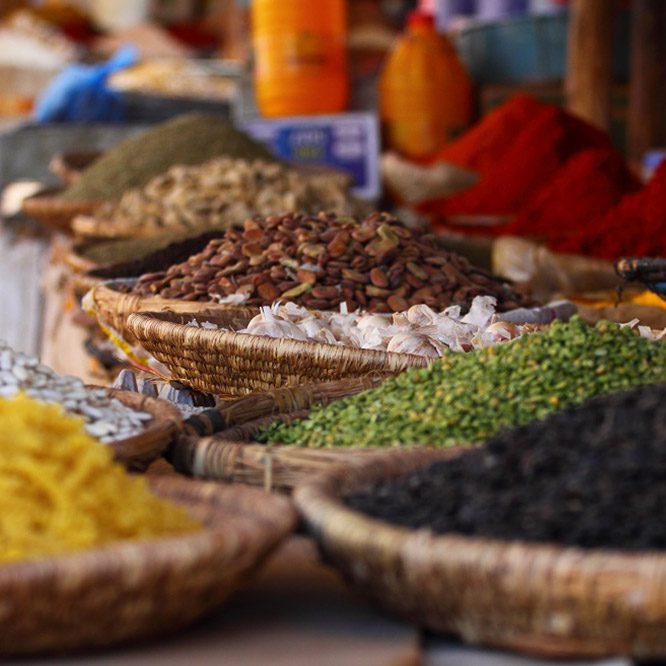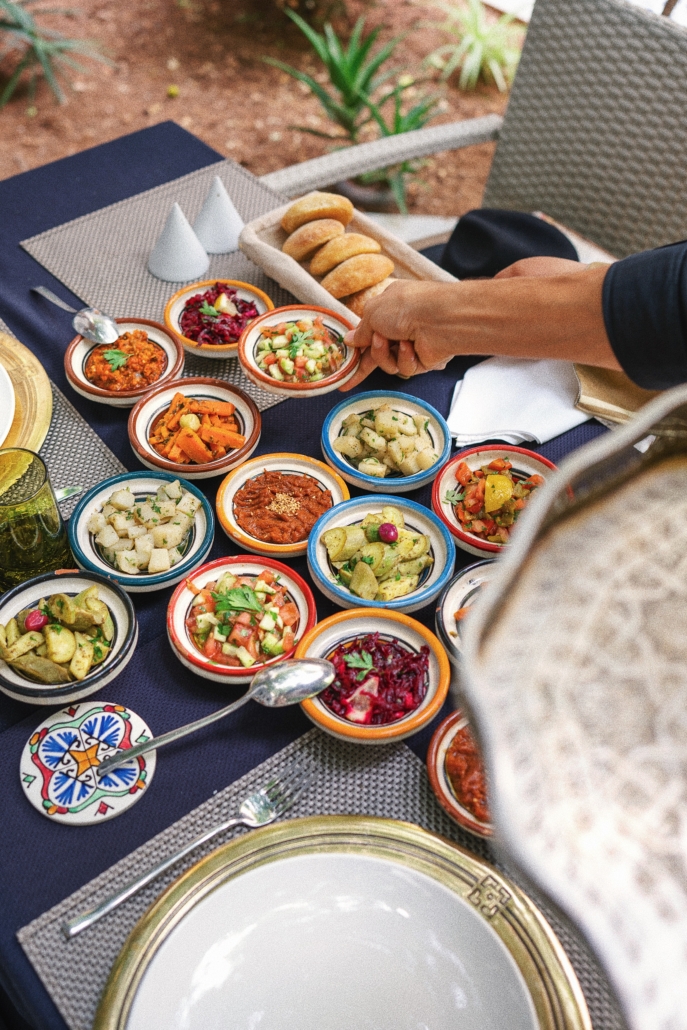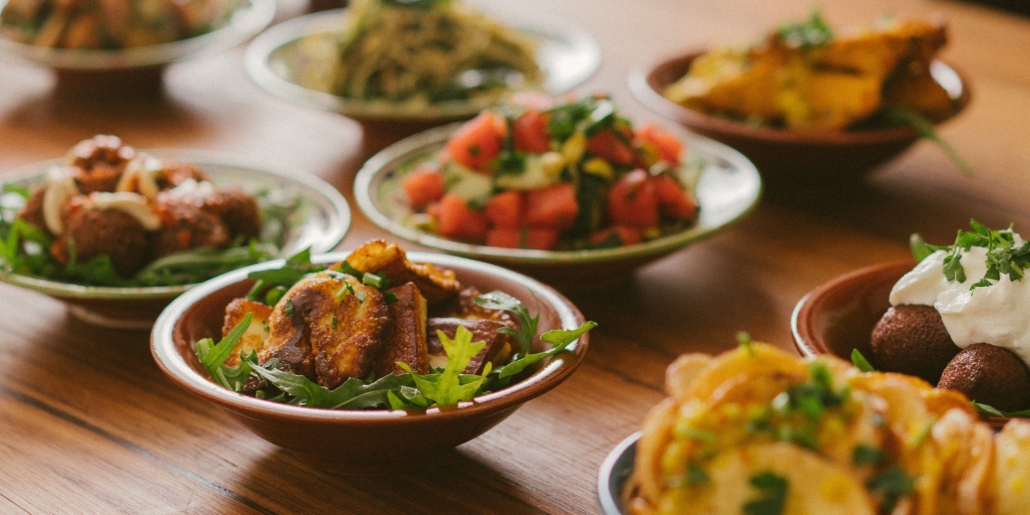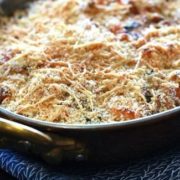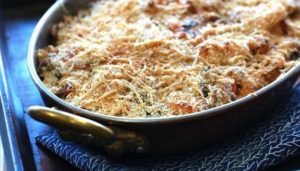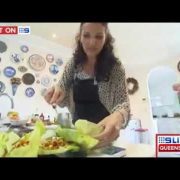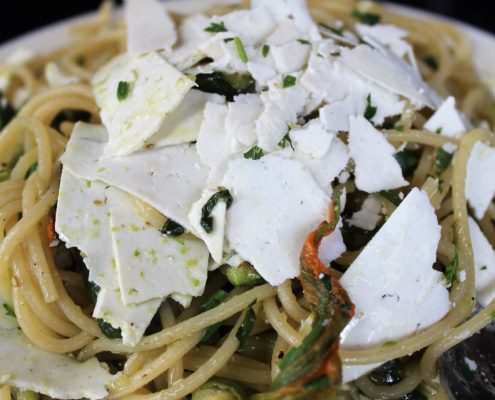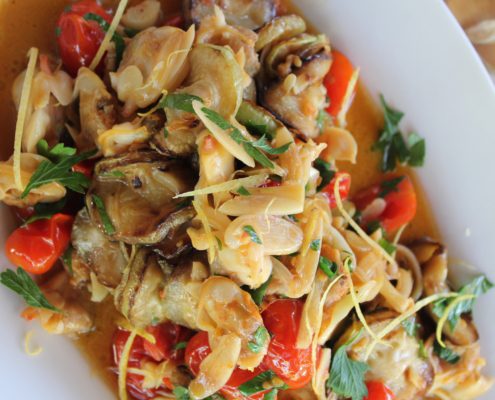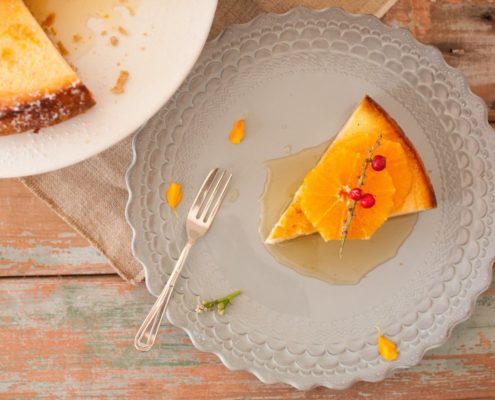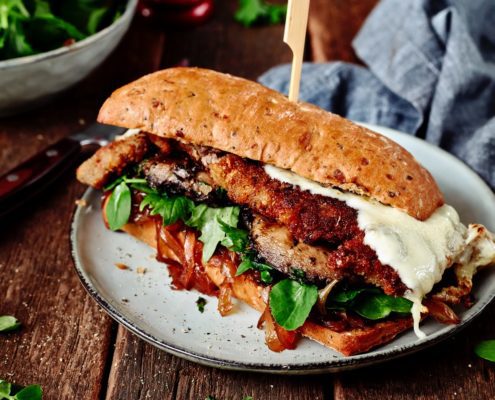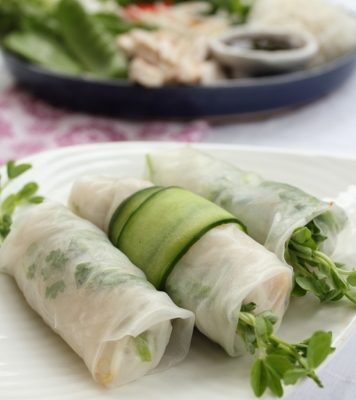Tag Archive for: recipe
Christmas Turkey Recipe with Dominique Rizzo
This is a delicious Christmas Turkey Recipe I created with my friends at IGA and filmed by Wild Bunch Media!
The beauty of bakes – 7 reasons why they are so great
Pasta, rice or vegetable bakes are something that we all grew up on and the best thing about having them for dinner is that they taste even better the next day. The beauty of Bakes and 7 reasons why they are so great are:
- They are a fantastic way of throwing a pile of wonderful tasty ingredients together in the one pot.
- They makes an easy meal for anyone to put together a Bake.
- Also they don’t have to be heavy and full of fat.
- You can combine wonderful ingredients that are healthy and still full of flavour making them ideal for everyone.
- Bakes are perfect for school or work lunches, when they cool they are very easy to cut and place into takeaway containers.
- Use the combinations and suggestions given under the salad heading for grains and vegetables to make your bakes something a little special.
- Grains such as rice, pasta, quinoa, cous cous, barley are all perfect and when teamed with all sorts of vegetables including spinach, sweet potato, pumpkin, corn, tomatoes, zucchini, herbs, spices, cheese and eggs.
Well the list is endless and the possibilities are many. So get your bake on with this super tasty recipe:
Rice and Tuna bake
Serves 4
Prep time 15 minutes
Cooking time 25 minutes
3 cups of cooked basmati rice
425g tin of tuna in brine, drained
zest and juice of 1 lemon
4 green shallots, sliced
1 zucchini, trimmed, grated and squeezed of all its liquid
½ cup chopped parsley
3 fresh tomatoes, seeded and diced
160g ricotta cheese
2 eggs
1 egg white
20g parmesan cheese
Salt and pepper
Preheat the oven to 200c
- Spray a ceramic dish or individual muffin trays with oil. Combine the tuna, lemon rind, juice, chopped shallots, grated zucchini, diced tomatoes and the parsley in a large bowl. Whisk together the eggs, ricotta and parmesan and season well with salt and pepper.
- Pour the egg mix into the rice and mix well, spread this into the greased baking dish and bake for 20 – 25 minutes until golden.
- Substitute the tuna for salmon, cooked fresh fish, cooked mince seasoned with Mexican spices and a tin of diced tomatoes or diced cooked chicken. If you are looking for dairy free alternative you can use soft tofu in this dish and dairy free
parmesan cheese.
Enjoy!
Food Waste at Home
Have you ever thought about food waste and what you might throw out each week?
Well Griffith University are asking us to to do just that with their pilot project Waste Not Want Not. In a Nine News interview with Mia Glover yesterday, Professor Sharyn Rundle-Thiele discussed how much food each week we waste and what we can all do to avoid throwing food away.
As a Chef, I’m always looking at ways to avoid food waste. This campaign has allowed me to develop some simple and tasty recipes for Queenslanders to turn ingredients they may already have on hand or leftover from a previous meal into something great.
If you would like to find out more about the Waste Not Want Not program, how to save money while helping the environment check out my blog from last week here.
Waste not want not – food waste
 As a chef, it is part our job to order each week what the kitchen needs, maintain stock levels and make sure that no ingredient goes to waste. As our lives get busier and busier how do we at home make sure that we are not wasting the excess food from the shopping two days ago that wasn’t completely used in last night’s dinner? The answer, planning. Yes, a little bit of planning can go a long way and save you time and money!
As a chef, it is part our job to order each week what the kitchen needs, maintain stock levels and make sure that no ingredient goes to waste. As our lives get busier and busier how do we at home make sure that we are not wasting the excess food from the shopping two days ago that wasn’t completely used in last night’s dinner? The answer, planning. Yes, a little bit of planning can go a long way and save you time and money!
Did you know Australian households dispose of $5.2 billion worth of food annually and this is estimated to grow. Food waste costs the city money and impacts the wider environment through food production, transport, waste-collection and landfills generating methane.
Most of household food waste is avoidable and one way to bring about change and reduce waste is to start with food wasted in the home. This week I am involved with The Waste Not Want Not Campaign, a pilot behaviour change project developed by Social Marketing @ Griffith, in collaboration with Redland City Council, Griffith University and supported by Stockland Shopping Centre, Cleveland.
I have developed a range of recipes to support the campaign to help give people at home tasty ideas on how their leftover food can be turned into something new. Yes, no spaghetti bolognese four nights in a row!
Top tips:
- Create a menu plan – Know when you are going to be home during the week and plan the meals for those days. You can create the weekly menu plan around some of the pantry items you already have in stock. Are there a few items already in the fridge that can also be turned into creative meals?
- Make a Shopping list– Don’t go to the supermarket without one and don’t buy if it is not on your list. Remember you have a plan!
- Food Storage – find out how to store your fresh food properly so that it keeps for longer. If you do make too much for one meal, take the rest to work for lunch the next day or freeze for another meal in the future.
Use leftover food for another meal – If the stir-fry recipe you are making requires only 1/2 cup of broccoli but you bought a whole head, make sure you use the rest of the broccoli in a meal or in a salad later in the week.
These top tips can help you reduce food spoilage, save you money by not overspending as well as help your local environment by reducing food waste.
If you would like to find out more come and see me at Stocklands Shopping Centre, Cleveland this week!
Keep an eye out next week for a tasty leftover recipe!!!

